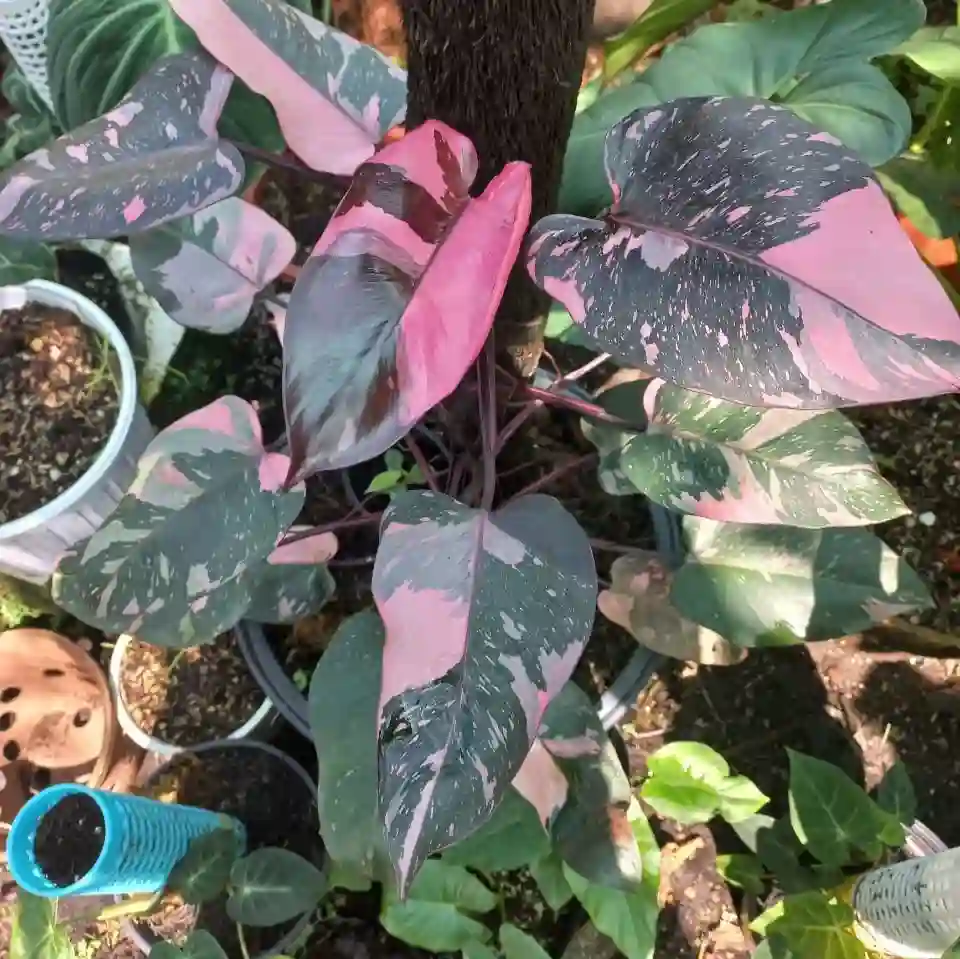Exploring the Sabiaceae Family: A Personal Perspective
As a plant enthusiast, I’ve always been fascinated by the diversity and adaptability of plant families, and the Sabiaceae family is no exception. Although it might not be as well-known as some other plant families, the Sabiaceae family has unique characteristics and interesting genera that deserve more attention. In this article, I’ll share my thoughts and experiences with this lesser-known family, while also touching upon its relevance in the botanical world.
Overview of the Sabiaceae Family
The Sabiaceae family is part of the order Proteales, comprising several genera of trees and shrubs. Native primarily to tropical and subtropical regions, the Sabiaceae plants are mainly found in Southeast Asia and the Pacific Islands. This family is not large, but it is distinct and has a rich history of adaptation and ecological roles.
A Closer Look at the Genera
The Sabiaceae family comprises three recognized genera, each with its own distinct features and ecological niches:
- Meliosma: The largest genus in the family, Meliosma, is known for its diverse array of trees and shrubs. These plants often display striking foliage, ranging from simple, lance-shaped leaves to compound leaves with intricate patterns. Meliosma species can be found in a variety of habitats, including forests, savannas, and even rocky outcrops.
- Ophiocaryon: This genus encompasses a collection of trees and shrubs, primarily distributed in the Neotropics. Ophiocaryon species are distinguished by their unique fruits, which resemble miniature snakes or coiled serpents. This peculiar characteristic has earned the genus its name, derived from the Greek words “ophis” (snake) and “karyon” (nut).
- Sabia: The namesake genus of the family, Sabia, consists of climbing shrubs or lianas. These plants often exhibit twining stems and tendrils, enabling them to ascend trees and other structures in their environment. Sabia species are recognized for their delicate flowers, which come in an array of colors, including white, yellow, and pink.
Importance of the Sabiaceae Family in Ecosystems
The Sabiaceae family, though not large, plays an essential role in its native ecosystems. The plants in this family are often key components of forest understories and help support biodiversity. They provide food and shelter for various animals, from insects to birds, which in turn helps with seed dispersal and the propagation of these species.
In my explorations, I’ve noticed that the adaptability of the Sabiaceae species allows them to thrive in diverse habitats, from lowland forests to montane regions. This adaptability is crucial in maintaining the ecological balance, especially in areas where forest fragmentation and habitat loss are significant concerns.
Personal Experiences with Sabiaceae Plants
While I haven’t had the opportunity to grow Sabiaceae plants in my personal collection—since many of them require specific tropical conditions—I have encountered them during my travels. I remember seeing a beautiful Meliosma species in a botanical garden in Thailand. The tree’s elegant structure and the soft, creamy flowers were captivating, and it left a lasting impression on me.
In terms of cultivation, the Sabiaceae plants are not common in the horticultural trade, mainly due to their specialized growing conditions. However, for those lucky enough to live in tropical or subtropical climates, they can be a rewarding addition to a garden, particularly if you’re looking for something unique and ecologically significant.
Challenges and Conservation
One of the biggest challenges facing the Sabiaceae family is habitat loss. Many species are restricted to specific geographical areas, and deforestation and land-use changes threaten their natural habitats. Conservation efforts are crucial to protect these plants, not just for their own sake, but for the myriad species that rely on them for survival.
I believe that raising awareness about lesser-known plant families like Sabiaceae is an important step in conservation. By understanding the ecological roles these plants play, we can better appreciate the need to protect them.
The Future of the Sabiaceae Family
Looking ahead, I’m optimistic that the Sabiaceae family will continue to be studied and appreciated for its ecological and ornamental value. There’s still much to learn about these plants, particularly their interactions with other species and their potential uses in horticulture and medicine.
For anyone interested in botany or plant conservation, I would encourage you to explore the Sabiaceae family further. Whether through academic research, field exploration, or simply cultivating an appreciation for these unique plants, every effort helps in bringing attention to this fascinating family.
Conclusion
The Sabiaceae family, with its unique genera and ecological significance, is a fascinating yet underappreciated group of plants. From the elegant Meliosma to the adaptable Sabia, these plants have much to offer in terms of beauty, ecological value, and even potential medicinal uses. While they may not be the easiest to cultivate, their importance in their native habitats cannot be overstated. For those of us passionate about plants, delving into the world of Sabiaceae is a rewarding journey that offers a deeper understanding of the intricate web of life in tropical and subtropical ecosystems.
If i die, water my plants!



